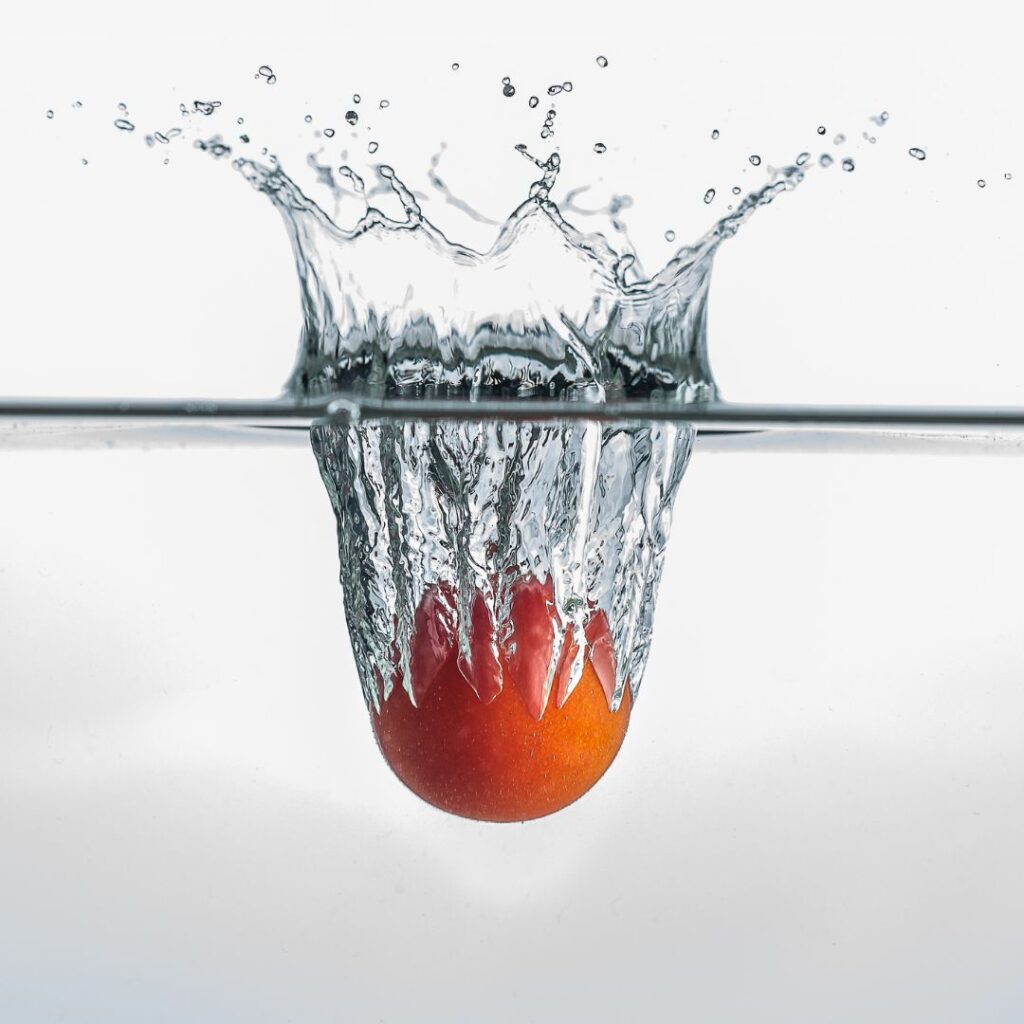Table of Contents
- Introduction
- A Quick Dive into Academic Publishing
- What is Journal Impact Factor?
- How to Calculate Journal Impact Factor
- Interpreting Journal Impact Factor
- Criticisms of Journal Impact Factor
- Conclusion
Embarking on the journey of academic research can be daunting. With countless journals to choose from, understanding the importance and relevance of each is crucial for both seasoned and budding researchers.
One metric that often comes up in these discussions is the Journal Impact Factor (in short, JIF, an abbreviation I’m uncomfortable using). This article aims to break down the concept and calculation of the Journal Impact Factor, helping you make informed decisions about where to publish your research.

Introduction
What are we talking about when we say “Journal Impact Factor”?
Businessman Eugene Garfield developed the Journal Impact Factor at the Institute for Scientific Information (ISI) way back in 1964. Journal Impact Factor is a registered and trademarked term and is used for academic journals indexed in the Web of Science database. The company then underwent a series of mergers and acquisitions, and to cut things short, Clarivate Analytics owns the properties today.
Briefly, Journal Impact Factor is a measure of a journal’s impact, importance and influence in its field of publication. Well, at least this was what was intended. It is calculated based on the average number of citations received by articles published in the journal over the last two years.
Why should you care about the Journal Impact Factor?
The Journal Impact Factor is not only a measure of a journal’s prestige but also a tool used by many universities and funding bodies to make decisions on promotions and research proposals. Therefore, understanding this metric can significantly influence your academic career trajectory.
Researchers who get their papers published in the likes of Nature (Journal Impact Factor of over >60) and New England Journal of Medicine (>90) are well on their way to climbing up the career ladder.
A Quick Dive into Academic Publishing
The importance of academic publishing
Academic publishing, especially journal publishing, plays a critical role in disseminating research findings and advancing knowledge across various fields. It’s a platform where researchers can share their work with a broader audience, contributing to the collective understanding of a subject.
Publishing in an academic journal is also a way to “claim your finding,” as journals are a place where novel findings are published. An academic who had just made a breakthrough discovery would want their research published in a reputable, high-impact journal so that their discovery would disseminate fast and wide.
Understanding the world of journal publishing
Being familiar with the landscape of academic publishing is key for researchers. This includes understanding different types of journals, their target audiences, areas of focus, and, importantly, their impact factor. Having this knowledge helps researchers find the right home for their work, enabling it to reach the desired audience and achieve maximum impact.
What you need to know is that they are more than 30,000 academic journals in the world right now. They are also many predatory journals, and the number of predatory journals continues to grow as the years go by.
What is Journal Impact Factor?
Definition and relevance of Journal Impact Factor
As we have learned, the Journal Impact Factor is a scientometric index that gauges the average annual number of citations to articles published in a given journal during the previous two years. It acts as a proxy for the journal’s relative importance within its field, with higher values indicating greater prestige.
How the metric influences academic publishing
The Journal Impact Factor has a significant influence over academic publishing and research practices. It often guides authors’ choices on where to submit their work and influences the perception of a researcher’s contribution to their field based on the journals they’ve been published in. Furthermore, it’s a key component in the evaluation process for promotions and grant applications at many institutions.
How to Calculate Journal Impact Factor
The role of Clarivate Analytics in calculating the metric
As the intellectual property owner of Journal Impact Factor (the metric) and Web of Science (the database), Clarivate Analytics publishes and releases Journal Impact Factor annually in a report that they call Journal Citation Reports. They recently published the latest Journal Citation Reports 2023, which we covered.
Breaking down the Journal Impact Factor calculation process
To calculate the Journal Impact Factor for any given year, Clarivate uses the ratio of citations in that year for articles published in the preceding two years to the total number of ‘citable items’ published in that same period. ‘Citable items’ are classified as articles, reviews, or proceedings papers, while other items like editorials, corrections, notes, retractions, and discussions are excluded from this count.
For example, if Journal M had 500 citations in 2022 to articles published in 2020 and 2021, and it published a total of 200 citable articles in those two years, its Journal Impact Factor would be 2.5.
By calculation, the Journal Impact Factor of Journal M = 500 / 200 = 2.5
Interpreting Journal Impact Factor
What a high or low Journal Impact Factor means
A high impact factor generally indicates that a journal’s articles are frequently cited, suggesting that the journal is influential in its field. However, it’s important to note that the impact factor varies widely across different disciplines and should ideally be compared within the same subject category. For instance, an impact factor of 10 is considered excellent in most fields, while a score of 3 is flagged as good, and the average score is less than 1.
Factors that can influence a journal’s Journal Impact Factor
A variety of factors can influence a journal’s Journal Impact Factor, including the quality of the research it publishes, the reputation of the authors and editors, and the journal’s audience.
Unethical practices such as coercive citation, where an editor forces an author to add unnecessary citations to an article before it can be published, can also artificially inflate a journal’s impact factor.
Criticisms of Journal Impact Factor
Common criticisms of Journal Impact Factor
Despite its widespread use, the impact factor has faced numerous criticisms.
Some argue that it encourages gamesmanship among authors and editors looking to boost their impact factor rather than focusing on the quality of research. Others point out that the impact factor is not normally distributed, and hence, using the mean may not be statistically valid.
Furthermore, there is a concern that over-reliance on the Journal Impact Factor could marginalize research in vernacular languages and locally relevant topics.
Alternative metrics for evaluating journals
In light of these criticisms, several alternative metrics have been proposed, such as CiteScore by Elsevier and the h-index for individual researchers.
Additionally, article-level metrics provide a different perspective on research impact, focusing more on immediate social impact in and outside academia. However, it’s important to watch out for misleading metrics, sometimes referred to as “alternative impact factors” or “fake impact factors”.
Conclusion
Wrapping up: What you need to remember about Journal Impact Factor
While the Journal Impact Factor is a key metric in the academic publishing world, it’s essential to understand its limitations and use it responsibly. Consider it as one of many tools to evaluate a journal’s relative importance within its field. Remember that the quality of research should always come before journal prestige.
How understanding Journal Impact Factor can benefit you
A comprehensive understanding of the Journal Impact Factor can significantly impact your research career. Knowing what Journal Impact Factor is and how to calculate the Journal Impact Factor help you make informed decisions about where to publish your work, understand the potential reach of your research, and navigate the academic evaluation process.

13 thoughts on “Journal Impact Factor: A Beginner’s Guide to Calculation and Interpretation”